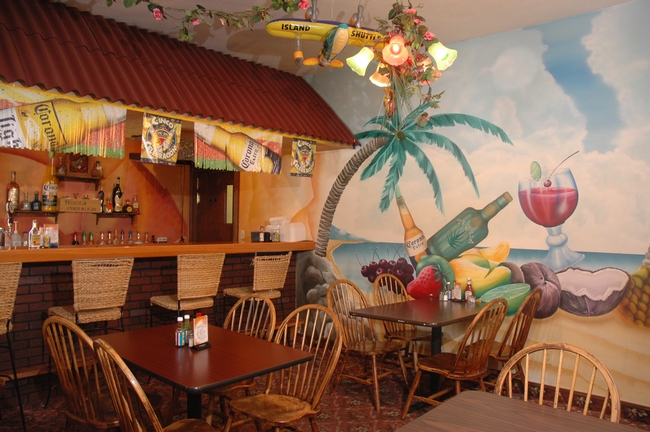
Hispanics represent 16 percent of the U.S. population based on the 2010 U.S. Census, and according to NPD research, they made 5.8 billion restaurant visits in the first six months of 2011. When making those visits Hispanics seldom go to restaurants in parties of two. They are either alone or in a group that often includes children. Forty-five percent of Hispanic restaurant visits are a group of three or more compared to 32 percent for non-Hispanics.
NPD reports that language is an important factor in how U.S. Hispanic families use restaurants. Spanish language is an aspect of home life for 88 percent of the Hispanic population, 52 percent of Hispanics are bi-lingual speaking Spanish and English equally at home, slightly more than a quarter are Spanish-language dominant, and 21 percent are English dominant. Spanish-language dominant Hispanics are the most likely to include children in their foodservice visits.
According to the research, Hispanic restaurant consumers said they would visit restaurants more if they make children feel welcome. Restaurant operators and food manufacturers would do well to focus marketing to Hispanics around the family and children. Language also matters in reaching this market.
Source: Restaurant Industry Trends Brief, A Place For Healthy/Light Foods On Your Menu, November 14, 2011.